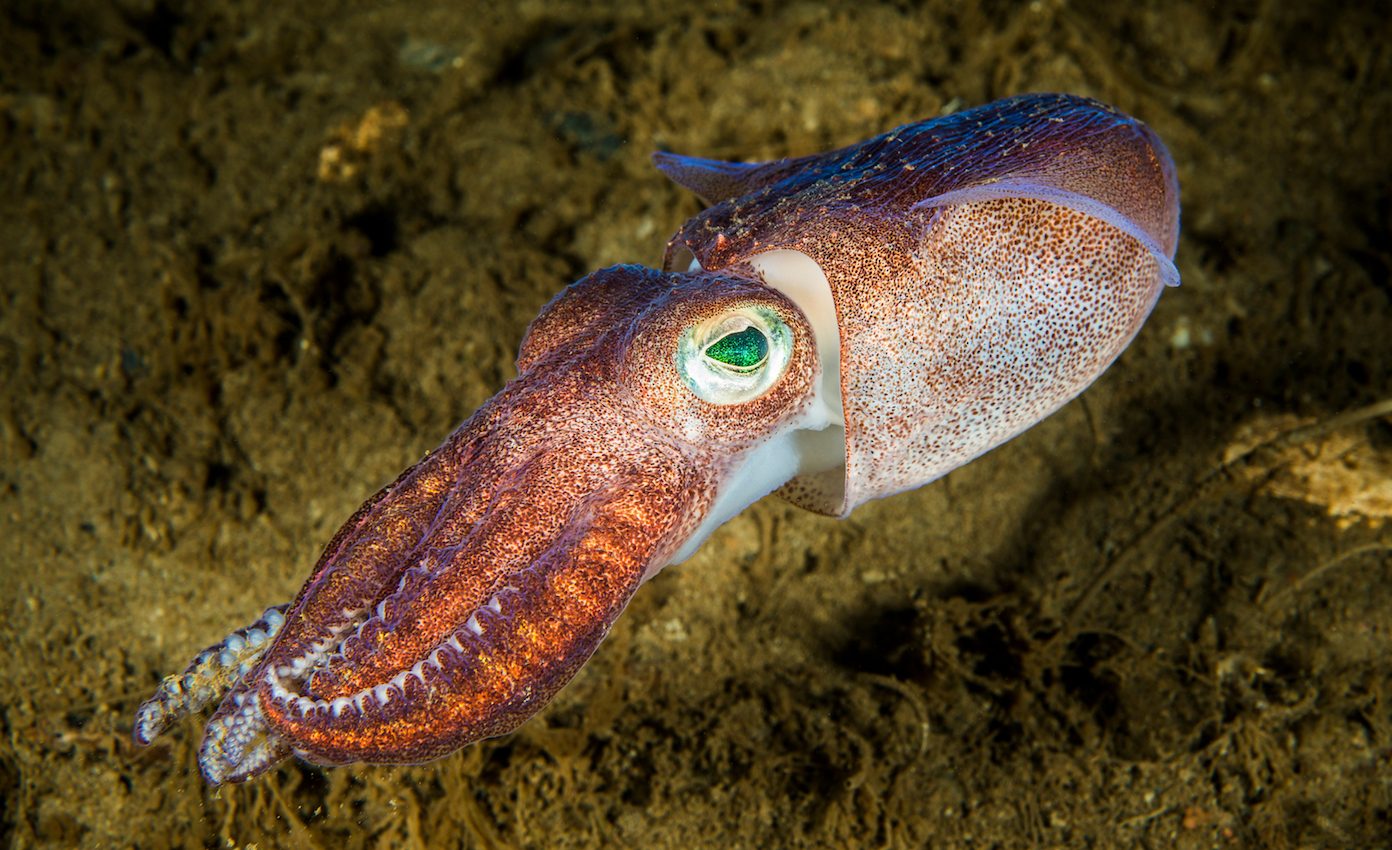
Newly designed space blanket was inspired by the skin of squid
Engineers at the University of California, Irvine (UCI) have created a space blanket that mimics the adaptive skin of some sea creatures. Unlike similar materials already available on the market, the temperature of the new blanket can be adjusted.
Study co-author Alon Gorodetsky is an associate professor of Chemical & Biomolecular Engineering at UCI.
“Ultra-lightweight space blankets have been around for decades – you see marathon runners wrapping themselves in them to prevent the loss of body heat after a race – but the key drawback is that the material is static,” said Professor Gorodetsky. “We’ve made a version with changeable properties so you can regulate how much heat is trapped or released.”
The design was inspired by the dynamic skin of cephalopods, such as squids and octopuses. Species in this class have unique skin cells called chromatophores that can instantly switch from minute points to flattened disks, allowing the animals to rapidly change colors.
“We use a similar concept in our work, where we have a layer of these tiny metal ‘islands’ that border each other,” explained study lead author and UCI graduate student Erica Leung. “In the relaxed state, the islands are bunched together and the material reflects and traps heat, like a traditional Mylar space blanket. When the material is stretched, the islands spread apart, allowing infrared radiation to go through and heat to escape.”
According to Leung, the new fabric is lightweight, easy and inexpensive to manufacture, and is durable enough to be stretched and returned to its original state thousands of times.
Professor Gorodetsky said that he has many applications in mind, including tents that would be exceptionally comfortable in outdoor environments and material that could protect valuable electronic components by effectively managing the temperature.
Clothing would be a particularly good application for the bio-inspired material, added Professor Gorodetsky, who collaborates on research projects with athletic apparel manufacturer Under Armour Inc.
“The temperature at which people are comfortable in an office is slightly different for everyone. Where one person might be fine at 70 degrees, the person at the next desk over might prefer 75 degrees. Our invention could lead to clothing that adjusts to suit the comfort of each person indoors. This could result in potential savings of 30 to 40 percent on heating and air conditioning energy use.”
The study is published in the journal Nature Communications.
—
By Chrissy Sexton, Earth.com Staff Writer













